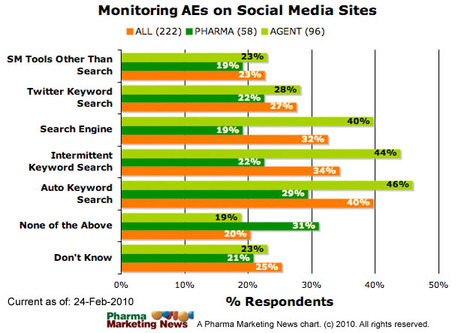Treating pain is a notoriously tricky business. But it’s even harder if the medications on which we rely are inappropriately marketed. Last month, a Los Angeles Times investigation of Purdue Pharma asserted that for years, the company falsely elevated the efficacy of its twice-daily OxyContin, a powerful opioid pain reliever. The L.A. Times’ review of evidence—including three decades of court cases, investigations, patient and sales rep testimonies—provides good data that the drug's effect may not, as claimed by Purdue, last for 12 hours across the board (read “OxyContin's 12-hour Problem: Misrepresentation of Efficacy Leads to Addiction & Purdue Knew It”; http://sco.lt/8RfD5F ).
In other words, OxyContin may not be the magical drug that provides longer-lasting pain relief than all other oral opioids. Purdue has argued that the L.A. Times’ claims are not valid, and it remains to be seen whether there will be federal investigations into this claim as recommended by Massachusetts Sen. Edward Markey.
In the meantime, as a doctor who bought the hype about OxyContin’s twice-daily efficacy for decades, I’m frustrated. While my gut sense that someone was pulling the wool over my eyes was correct, I was casting blame in the wrong direction—toward my patients.
Via Pharma Guy, Lionel Reichardt / le Pharmageek



 Your new post is loading...
Your new post is loading...










When drugs don't work as advertised - especially if they have side effects that are downplayed by sales reps - it impacts what the drug industry terms the "problem" of lack of adherence. Patients will stop taking drugs that don't work or have side effects and thus they will be labelled as non-adherent and seen as the problem that has to be solved by more advertising or by more adherence apps and programs, when in fact it is the drug that is the problem. That's why I say “Medication Adherence Won't Get Better Unless Pharma Marketers Accept Some Blame”; http://sco.lt/8PGyvJ